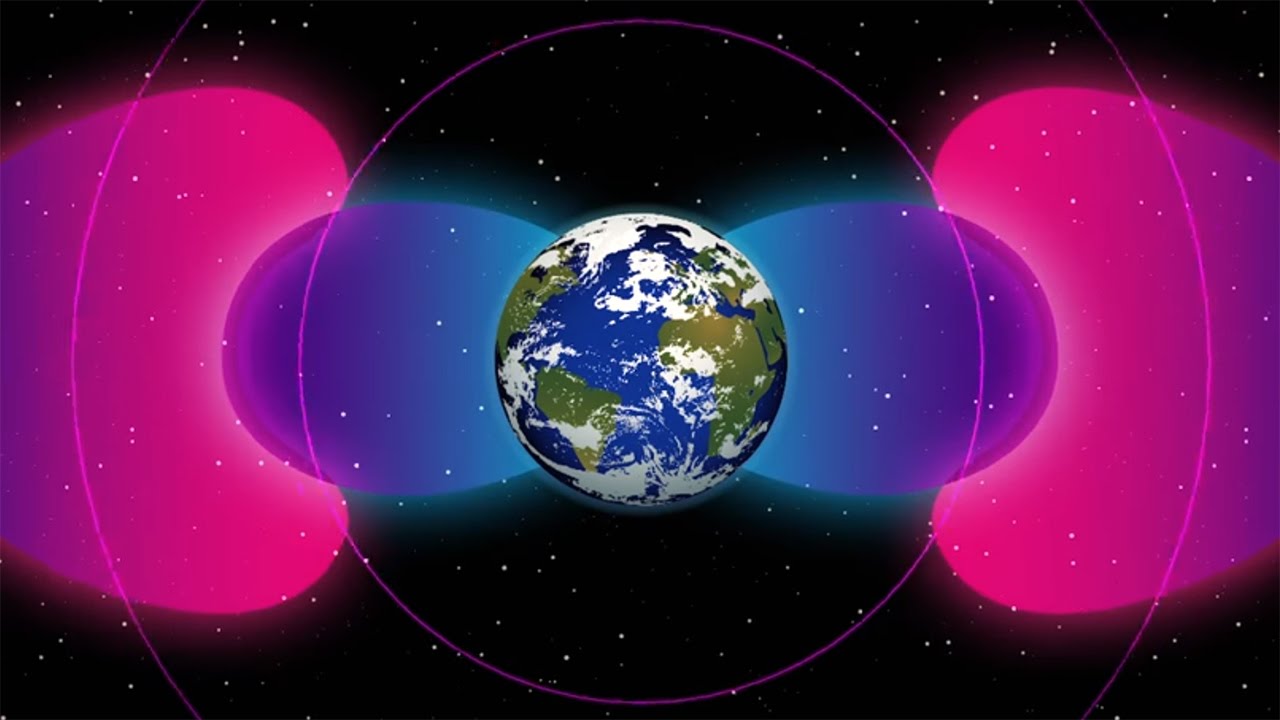Humans accidentally created a protective bubble around earth decades of use of very low frequency vlf radio communications have resulted in an artificial cocoon that could help protect the planet from solar flares and radiation particles

Humans Accidentally Created a Protective Bubble around Earth

In a remarkable turn of events, decades of utilizing very low frequency (VLF) radio communications have inadvertently led to the formation of an artificial cocoon around our planet. This unintentional creation could potentially shield Earth from the harmful effects of solar flares and radiation particles, providing an unexpected layer of protection.
VLF radio communications have been widely used for various purposes, such as submarine communication and long-range navigation aids. These signals, with frequencies ranging from 3 to 30 kilohertz, have the unique ability to penetrate solid objects, including the Earth’s surface and even the ocean.
It was during the exploration of VLF radio signals that scientists stumbled upon this incredible phenomenon. The continuous transmission of VLF signals by human-made sources strategically positioned around the globe unintentionally gave birth to a natural defense mechanism against space weather hazards.
Solar flares, eruptions of highly energetic particles from the Sun’s surface, can have severe consequences for our technological infrastructure and life on Earth. These flares can disrupt satellite communications, damage electrical grids, and pose potential risks to astronauts in space. Additionally, radiation particles from the Sun’s solar wind can harm living organisms and affect the delicate balance of ecosystems.
The accidental creation of the protective bubble around Earth, formed partially by VLF transmissions bouncing off the ionosphere, acts as a shield against these solar threats. The ionosphere, a region of the Earth’s upper atmosphere consisting of ionized particles, can reflect certain VLF radio frequencies back towards the surface. This phenomenon creates a barrier that redirects solar flares and radiation particles away from our planet.

Scientists and researchers have been studying this surprising discovery and its potential implications. Recent measurements and observations made by NASA’s Van Allen Probes, designed to explore the radiation belts surrounding Earth, have provided valuable insights into the protective capabilities of the VLF-based cocoon.
As we uncover more about this serendipitous shield, scientists are considering the potential applications and benefits it offers. The accidental creation of this protective bubble could help safeguard our technological infrastructure, such as satellites and communication systems, during periods of high solar activity. It may also provide opportunities for improved protection of astronauts and space missions from harmful space radiation.
While further research is required to fully understand the extent of this unintentional protective bubble, its existence serves as a testament to the intricate relationship between human activities and the environment. The unintended consequences of our actions can sometimes offer unexpected rewards, and in this case, humanity has unknowingly created a fortuitous defense mechanism against space weather threats.
As we continue to explore and advance our understanding of the world, it is important to remain mindful of the potential impacts, both positive and negative, that may arise from our actions. The accidental creation of the protective bubble highlights the interconnectedness of our planet and the profound influence we have on its delicate equilibrium. We must strive to strike a balance between progress and preservation to ensure the long-term sustainability and well-being of our planet and future generations.
Tags
Share
Related Posts
Quick Links
Legal Stuff

